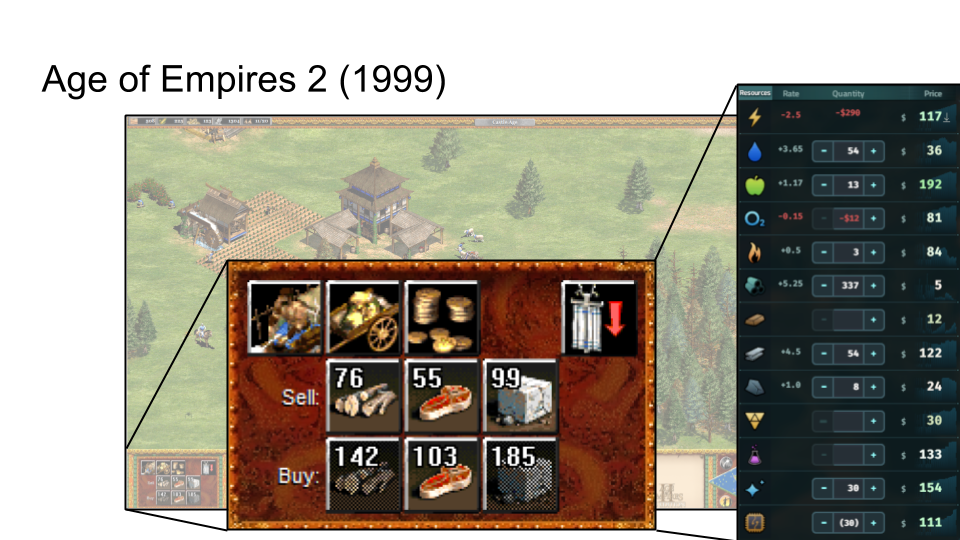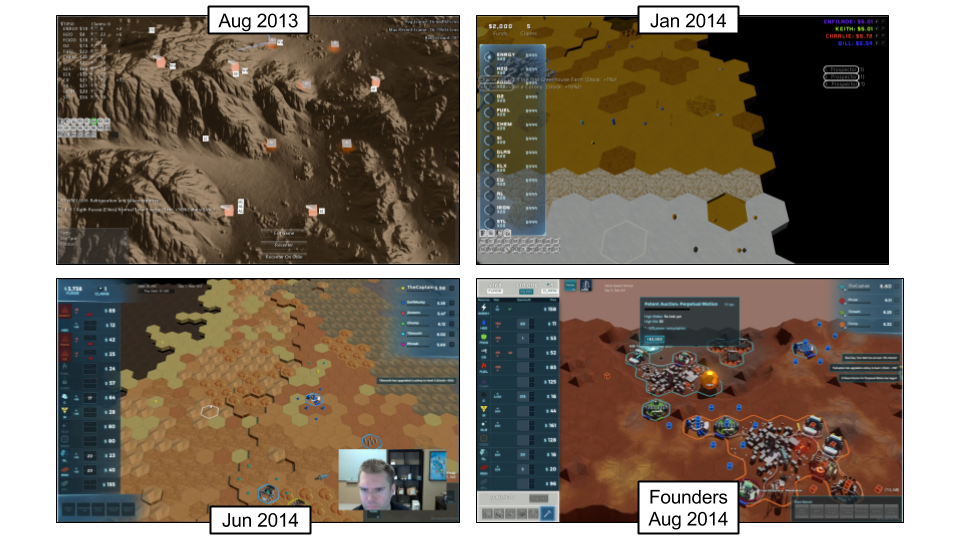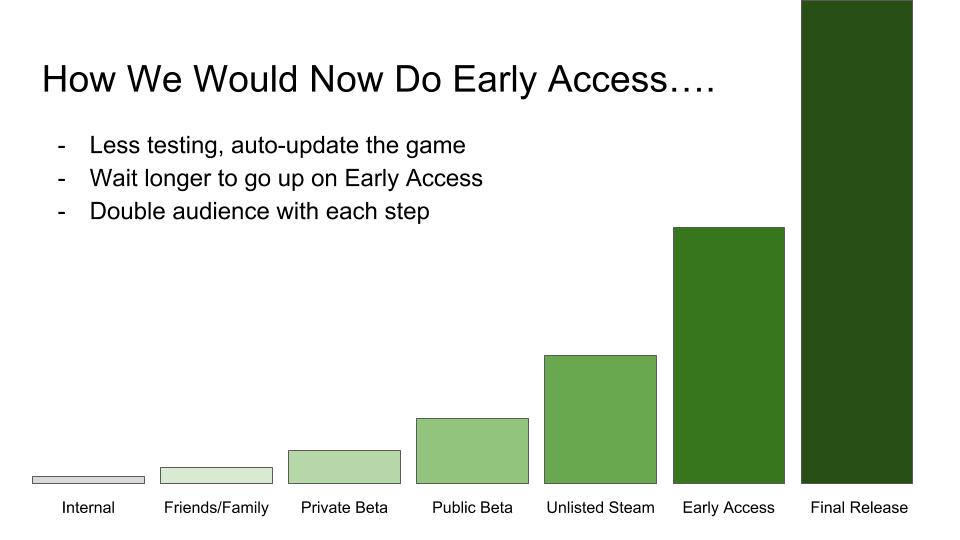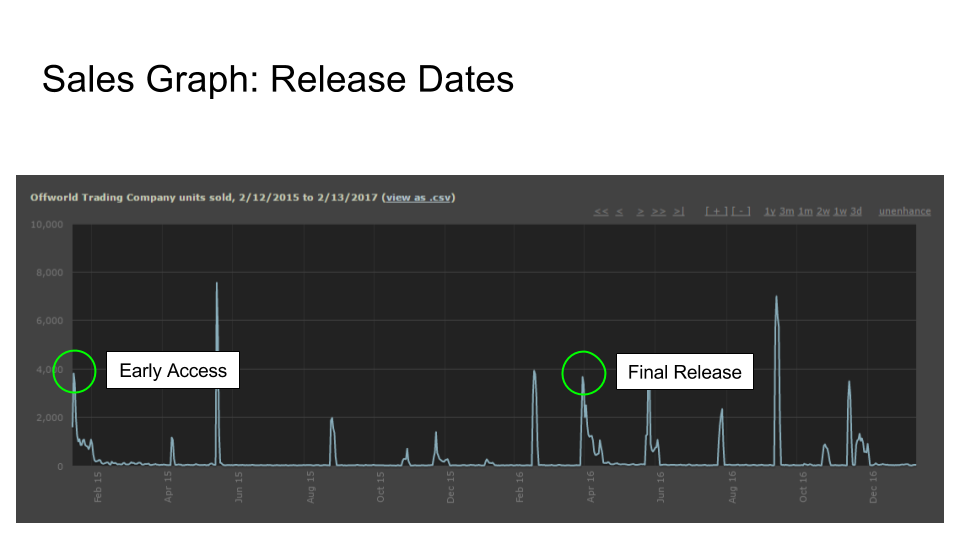The following is an excerpt from the Designer Notes for Old World. The game, a historical 4X set in classical antiquity, released on July 1, 2021, and is available for purchase here.
Old World has a lot of different currencies (referred to in-game as “yields”), which represent things very concrete (Iron), somewhat vague (Orders), and VERY abstract (Civics). All of these yields are produced differently, are used for different purposes, and are stored (or not) in a few different ways. There are 13 distinct yields in Old World, a lot more than in most 4X games (although perhaps coincidentally equal to the exact number of resources in Offworld Trading Company). Indeed, the game used to have three more – Horses, Happiness, and Inspiration – so clearly we weren’t afraid of multiple currencies! Why so many?
To start, we needed some new yields because we adopted resource stockpiles, which are a transparent way to differentiate unit and improvement production. We believe strategy games are most fun when the player is adapting their play to the map, and having a variety of yields produced from rural improvements (in our class, the classic Age of Empires quartet of Food, Iron, Stone, and Wood) gives players lots of reasons to adapt their plans. Maybe a player normally trains Archers by spending Wood but starts one game a long distance from any forests, so adapting to a new strategy would be best. Further, just as Orders make each move more interesting, giving a yield stockpile cost to actions that were free before, like building a Temple with Stone or training a Swordsman with Iron, makes them also more interesting, giving the player a reason to choose different options depending on the current situation.
In contrast, Civ has relied on a much more abstract model that shifts around from game to game. In Civs 1 & 2, resources like Iron and Stone were turned into generic “production” which just determines how fast anything can be built. Civs 3 & 4 made resources national booleans which turned certain units on or off (no Chariots without Horses). Civs 5 & 6 went further by allowing only X units per resource. (Only Gathering Storm added a true stockpile.) These systems avoided a stockpile model because it felt too awkward in a game about all of world history. Old World can get away with just Food, Iron, Stone, and Wood because they will all be relevant throughout the game. Civ needs to make Iron and Copper and Horses matter but also Saltpeter and Oil and Rubber. Keeping the list from exploding (and minimizing obsolete entries) was certainly a fear I had as a designer.
However, for Old World, the question arises of what should happen if the player has an empty stockpile. If they only have Stone and nothing else, have we taken away the player’s agency by limiting them to a fraction of their build choices? The solution was adopting the free market system from Offworld Trading Company, which gives players the flexibility to buy and sell their stockpiles as needed although often at the cost of inefficiency. Indeed, the system is much closer to the market of Age of Empires, which always maintained a buy price twice as high as the sell price to represent this inefficiency. Collapsing these two prices into one was a key moment in the design of Offworld that made the game so fluid, but the priority in Old World was making market an option only when necessary, so we discouraged its overuse with separate buy and sell prices. Once the market system prevented the game from stalling out, stockpiles could become the core of the economy, so that almost everything would cost something, from 20 Wood for a Farm to 1800 Stone for The Hagia Sophia. (An important exception was Workers, who have no cost, so that a downward spiraling economy could still be saved by switching to producing Workers who can even harvest outside of their territory.)
The next question about yields was what cities should produce themselves. Some yields didn’t need huge revisions (Science, Money, and Maintenance still work like they mostly always have), but others required more work. Culture started out exactly as it had been since Civ 3 by determining how fast borders would grow. This mechanic was eventually dropped to make border growth completely driven by player actions, and a new one replaced it as the primary role of Culture. I’ve often found that players enjoy discrete, chunky levels more than bars that fill up indefinitely, so I defined four successive Culture levels that a city would go through – Weak, Developing, Strong, and Legendary – with each requiring significantly more Culture to attain than the last. The next step was to attach effects to these different levels so that Culture would matter. A simple one was assigning more Victory Points to higher levels of Culture, which was a great way to show that a small highly cultured nation could be as valuable as a large uncultured one. Making all types of production hurrying require Developing Culture was an effective way to differentiate newly founded cities from your cultured core.
I also gave each Wonder a specific Culture prerequisite (for example, The Pantheon requires Legendary Culture), which creates an orthogonal way to progress outside of the tech tree. I had never liked having Wonders on the tech tree – they clog up the nodes with unlocks that are definitely less valuable than a new unit or improvement. Taking them off the tree also allowed a random subset of Wonders to be available each game, a great feature if we ever double the number of Wonders but don’t want to overwhelm the player. Seeing how well Culture worked for Wonders inspired us to try the same thing with most of the urban improvements, so that while you may only need Citizenship to unlock Courthouses, you will need a Strong city for a Ministry, and a Legendary city for a Palace. This hybrid approach allowed us to add new improvements to the game without having to add a bunch of new techs which would just unlock better versions of an improvement you already had. Attaching unique units to higher-level improvements also got these units off of the tech tree and onto this orthogonal path. A cultured Greece could build Hoplites without ever unlocking Spearmen as a completely alternate path through the game.
Discontent, on the other hand, was a necessary evil that I often had to remind myself was actually necessary as no one ever said that the best part of Old World is the Discontent. Ultimately, the game needs some way to push back on the player to keep positive feedback loops from snowballing too much. (Maintenance, unit consumption, and law upkeep all exist to keep inflation in check, for example.) Further, the era would not feel right without some sense of anger at the ruler; simply put, the bread-and-circuses need a reason to exist. The event system would be a lot harder to write without options to either please or upset the people.
However, I wanted to be careful to avoid one dynamic I’ve seen over and over with other 4X games; I didn’t want Discontent to just be an inevitable side effect of Growth, of larger cities and more citizens. Thus, Discontent is largely disconnected from how fast your cities grow, so players are not tempted to manipulate their Growth to keep their cities happy. Hurrying production with citizens would no longer be a bizarre path to making people happier. Finally, just like Culture, Discontent levels up each time the bar fills, with each level having a higher set of negative modifiers, each step a powerful motivator. I might let my leader become Cowardly to placate a mob, especially if Discontent drops a level or two.
I also wanted to differentiate cities more by splitting “production” into Growth, Civics, and Training. Growth is functionally similar to Food in previous Civs as it determines the rate a City produces new citizens (although it is also the production yield for civilian units like Settlers and Scouts). Civics and Training, however, come from splitting the old production/shields/hammers of Civ into two different yields – Training, which is used for military units, and Civics, which is used for specialists (upgraded citizens attached to tile improvements) and projects (akin to city-based improvements in Civ). By making city Growth separate from the global Food stockpile and differentiating Training and Civics, we enabled more options for city specialization, making military powerhouse cities specializing in Training more distinct from those able to crank out the Settlers with Growth.
To make this system work, of course, we would need many ways to focus on one yield over another, ideally based on adapting to the map. Thus, Growth comes from Farmer specialists, Training from Miners, and Civics from Stonecutters, so cities which specialize in various improvements (which the game encourages via adjacency bonuses and governor traits) will naturally end up specializing in one of these three yields. Many of the Families also add a significant amount of Growth, Training, or Civics to their cities as do the Discipline, Courage, and Charisma ratings of the governors.
As the stockpile of physical yields was successful and being inspired by the stockpiling of Science and Culture in Through the Ages, I decided to stockpile Civics and Training as well, which answered the question of what should happen with a city’s yields when not being used for production. Unused Growth went into making more citizens, so it felt strange that unused Civics and Training would just disappear. I didn’t necessarily know what the Training and Civics would be used for but was confident that we would figure something out along the way. Some uses were pretty obvious, such as laws and theologies for Civics and unit promotions and upgrades for Training, but other uses became clear when we needed to solve other problems. Wonders felt more grand, more of an accomplishment, once they required Civics, a yield which could NOT be bought on the open market. Training became the limitation making Force March a powerful tool but also one which could only be used occasionally. Tying governors and generals to Civics and Training solved the problem of how often we should prompt the player to fill an empty slot; because of the cost, adding one wasn’t an automatic decision that players would be frustrated to miss. Both yields were also useful for differentiating mission costs – asking Persia for a truce would cost Civics while asking the Gauls would cost Training.
Finally, our event system became quite powerful over the course of development, and the number of currencies gave us the knobs necessary to write 3,000 distinct events. Maybe the player would choose between Money and Training, between Stone and Science, between Growth and Orders, or between Culture and Discontent. These choices could even be between nations – send Carthage X Science per turn if they send back Y Training in return. From the code’s perspective, these yields are simply different flavors of the same thing (each one is just a separate entry in yield.xml), but they feel like a choice between apples and oranges, which is ideal because that forces players to make decisions with their gut instead of with their calculator.




